Warts—small growths with a rough texture—are a common skin condition caused by various strains of the human papillomavirus (HPV). While mostly harmless, warts can be an unwelcome guest on your skin. They are most frequently seen on hands, feet, and other areas where the skin has been broken.
For those who have experienced warts, the question often arises: Can they be fully removed without coming back? Some treatment options are effective in removing the visible signs of warts, but recurrence is a concern for many. The nature of HPV, which embeds itself in the skin, makes it tricky to guarantee that warts won't return.
In this article, we’ll look deeper into what causes warts, how to treat them, and most importantly, strategies to prevent them from making a comeback. Your skin health journey starts here.
What Are Warts?
Warts are small, grainy skin growths that appear when the human papillomavirus (HPV) infects the top layer of the skin. There are more than 100 types of HPV, some of which cause warts on different parts of the body. These growths might seem alarming, but they are generally non-cancerous. Still, they can be a nuisance due to their appearance and the discomfort they might cause.
People often wonder how these little pests take root. It happens when the virus enters the skin through tiny cuts or abrasions. For example, if you bite your nails or have a hangnail, you might be more susceptible to developing warts on your fingers. And remember, warts are contagious. They can be spread by direct contact with a wart or something that touched a wart, like towels or razors.
Interestingly, warts are more common in children and teenagers because their immune systems are still developing. However, adults aren’t immune either. Certain conditions, like having a weakened immune system due to illness or medication, can increase the likeliness of getting warts.
Several types of warts exist, each with distinctive characteristics. Common warts typically grow on fingers and toes and have a rough surface. Plantar warts, forming on soles of the feet, can be particularly painful as they often grow inward due to the pressure of standing or walking. Flat warts are smoother and smaller, usually appearing in multiples on the face, thighs, or arms.
Identifying warts can be straightforward, but sometimes it's tricky. Because some warts might look like other skin conditions, it’s wise to consult a healthcare provider for an accurate diagnosis. Treatments range from over-the-counter solutions to prescriptions and more intensive procedures like cryotherapy.
Dr. Jason Braun, a dermatologist, states, “While warts themselves are generally not harmful, their impact on a person’s self-esteem and comfort levels prompts many to seek treatment. Understanding the virus and its behavior is key to managing these skin growths effectively.”Warts may vanish on their own as the immune system fights off the virus, but this could take months or even years. In the meantime, they can spread to other parts of the body or to others. Hence, taking care of warts promptly is crucial, not just for one's own health, but to prevent spread in communal or family settings.
HPV, the virus responsible for warts, behaves in a way that makes this condition an intriguing yet challenging puzzle for dermatologists and patients alike. Despite their benign nature, warts prompt much concern due to their persistent and sometimes recurrent nature.
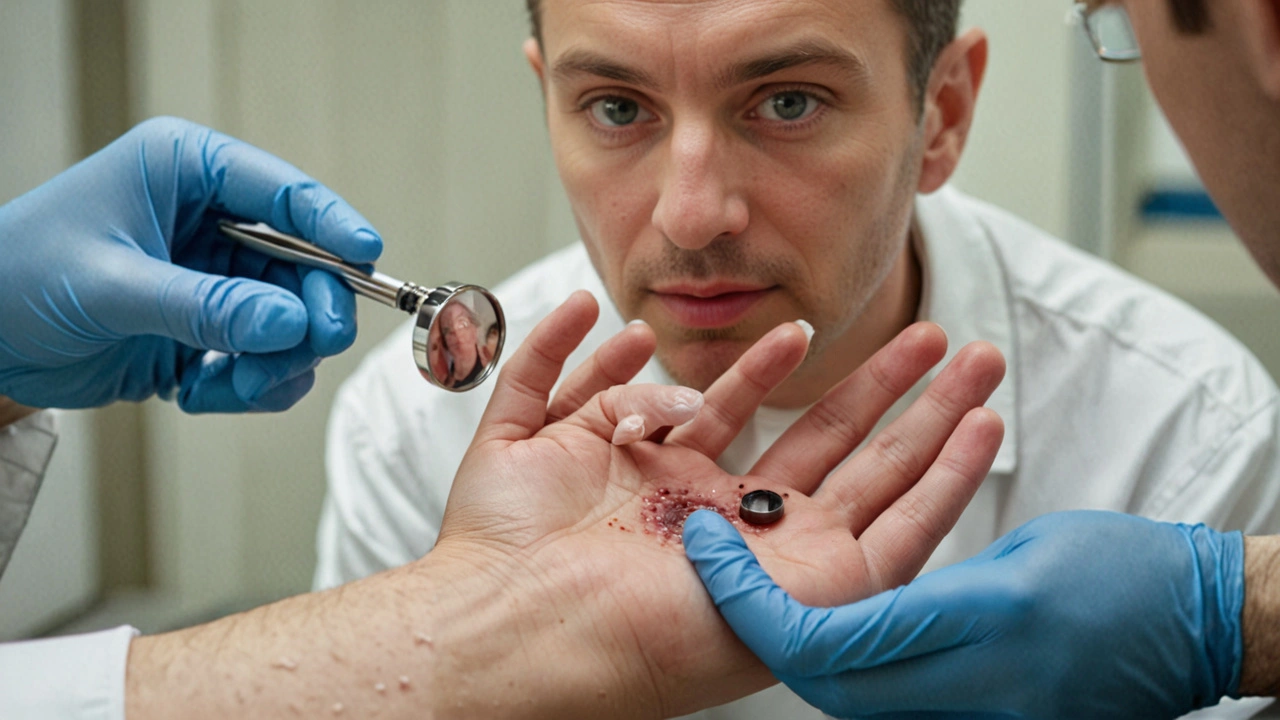
Causes and Types of Warts
Warts are caused by the human papillomavirus (HPV), which has more than 100 different strains. Each strain can affect the skin in unique ways, leading to various types of warts. These types often appear based on the part of the body they infect and can differ in appearance and texture.
The virus typically enters the body through small cuts, scratches, or other breaks in the skin. Once inside, the virus triggers rapid growth of cells on the outer layer of the skin, forming warts. It's essential to note that warts are contagious and can be spread through direct contact with the wart or something that touched the wart, such as towels or razors.
Common Types of Warts
Common Warts: Usually found on fingers and the back of hands, these warts have a rough, grainy appearance and are often grayish-brown. They are most prevalent among children and teens, but adults can get them too.
Plantar Warts: These warts appear on the soles of the feet. They can be particularly painful because of their location and the pressure from walking. You'll often see a black dot at the center, which is a tiny blood vessel.
Flat Warts: Smaller and smoother than other warts, flat warts are often found on the face, thighs, or arms. They grow in large numbers, sometimes up to 100 at a time, making them quite noticeable.
Filiform Warts: Characterized by their long, narrow projections, these warts typically appear on the face, especially around the mouth, eyes, and nose. They can grow rapidly and become a cosmetic concern.
Periungual Warts: These warts develop under and around toenails and fingernails. They can be painful and may affect nail growth, leading to unsightly and sometimes challenging conditions.
Interesting Facts About Warts
Did you know that certain strains of HPV cause most warts, but not all strains lead to visible growths? Some strains might stay dormant, causing no visible warts. This factor is one reason why understanding and treating warts can be complex.
Children and teenagers are more susceptible to developing warts because their immune systems are still developing. People with weakened immune systems are also at a higher risk, including those with HIV/AIDS or individuals taking immune-suppressing drugs.
According to the American Academy of Dermatology, "Warts are generally harmless and typically disappear without treatment, though it can take months or even years for them to go away."
The environment plays a critical role in the spread of the HPV virus. Public places like swimming pools and gym locker rooms are common hotspots for the virus. Ensuring good hygiene and using protective footwear can significantly reduce the risk of contracting warts from these areas.
Preventive Tips
- Avoid direct contact with warts, whether they are on your body or someone else’s.
- Keep your skin clean and dry, especially feet, to prevent the conditions that support wart growth.
- Do not share personal items such as towels, razors, and shoes.
- Cover warts with a bandage, particularly if they are on a part of your body that's frequently touched by others.
- Boost your immune system through a nutritious diet and regular exercise to help your body fight off the virus.
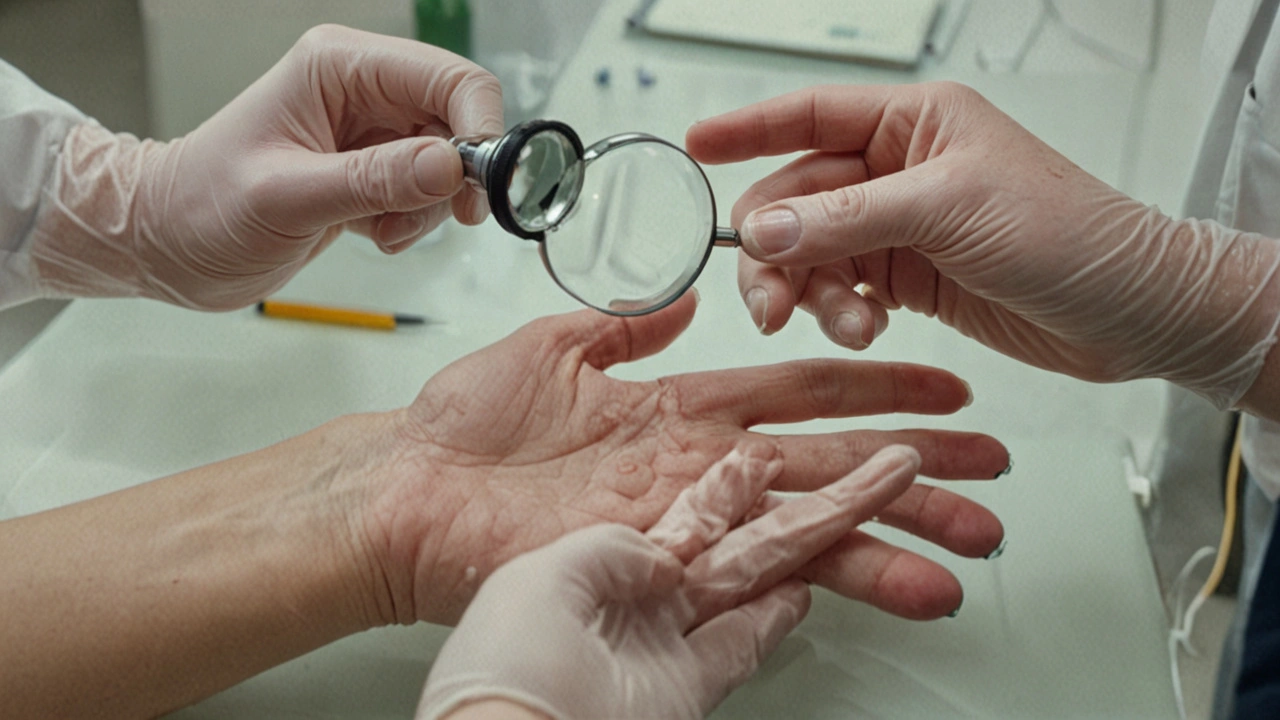
Treatment Options
Treating warts can be quite the journey, with several methods available ranging from over-the-counter solutions to professional medical procedures. The choice of treatment often depends on the type, location, and number of warts, as well as personal preference and tolerance to discomfort.
Over-the-Counter Treatments
One of the simplest ways to tackle warts is through over-the-counter treatments. These are accessible and can be effective, especially for small, common warts. Salicylic acid-based products, like gels, tapes, and plasters, are popular choices. The acid works by peeling away the infected skin. Consistency is key, as daily application for several weeks is usually required for the best results. Freezing kits, which use dimethyl ether and propane, can also be found in most pharmacies. These products freeze the wart tissue, causing it to eventually fall off.
Prescription Treatments
If over-the-counter solutions don't do the trick, a visit to the doctor might be necessary. Prescription treatments tend to be stronger and more effective. A common prescription is cantharidin, which is a blistering agent that lifts the wart off the skin. Another option is imiquimod, an immune response modifier that encourages the body to fight the virus causing the wart. These treatments can be more targeted and may result in quicker or more lasting relief than their over-the-counter counterparts.
Professional Medical Procedures
In cases where warts are persistent or particularly bothersome, professional medical procedures may be considered. One of the most effective methods is cryotherapy, where liquid nitrogen is applied to freeze the wart. This procedure often requires multiple sessions but has a good track record for results. Electrosurgery and curettage involve burning off the wart with an electric needle and then scraping it away. Laser treatment is another option, using intense light to destroy the wart tissue. Each of these procedures has its own set of pros and cons, and a dermatologist can help determine the best course of action.
Alternative and Home Remedies
For those looking for natural or less conventional solutions, a variety of home remedies can be explored. One of the most talked-about remedies is duct tape occlusion therapy. This method involves covering the wart with duct tape for several days, then soaking it in water and gently scrubbing it with a pumice stone. It may sound unusual, but some studies have indicated it might be effective. Garlic, known for its antiviral properties, can be crushed and applied directly to the wart. Similarly, the use of banana peel, aloe vera, and apple cider vinegar are popular home remedies. Though scientific support may vary, these methods are generally safe and easily accessible.
Consistent Care and Patience are of course essential regardless of the chosen treatment. Warts can be stubborn and may take time to disappear completely. Staying committed to the treatment plan is crucial. It is important to be aware that while these treatments can remove visible warts, they may not completely eliminate the underlying virus, which can linger in the skin and cause recurrence.
"Patients must understand that wart treatments can take time and the virus can remain dormant in the skin," says Dr. Jane Smith, a dermatologist from the National Skin Center.
Finding the most suitable treatment requires some trial and error. Consulting with a healthcare professional can provide the best insights tailored to individual cases, helping to navigate the available options on the journey to clear skin.
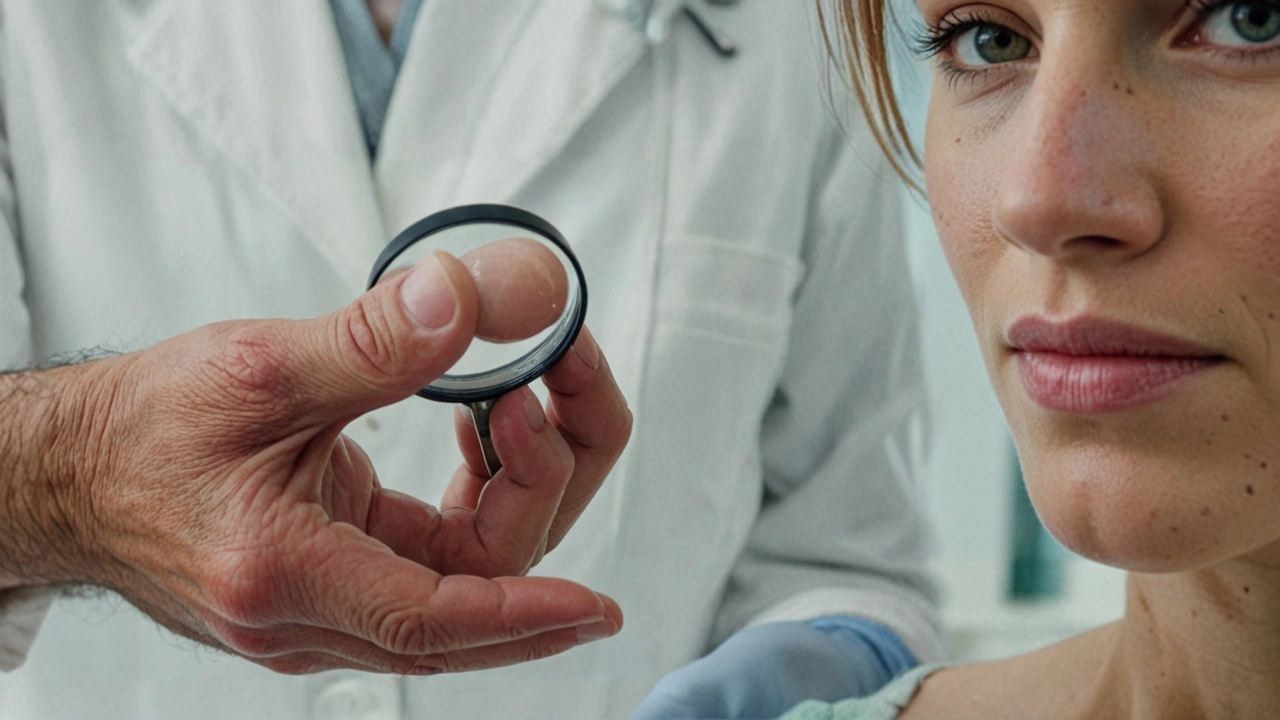
Preventing Recurrence
Once you’ve dealt with the frustration of warts, the first thing you’ll want is to ensure they don’t come back. Recurrence can be a persistent issue mainly because the virus responsible for warts, HPV, can linger in the skin even after the visible wart has been removed. Knowing how to prevent them from reappearing can save you a lot of trouble and discomfort.
Firstly, maintaining strong **skin health** is vital. The HPV virus tends to enter the body through cuts or abrasions, so keeping your skin intact is key. Using moisturizers to avoid dry, cracked skin and wearing gloves when working with sharp tools or chemicals helps. If you have a tendency to bite your nails or pick at hangnails, breaking these habits reduces your chances of breaking the skin and inviting the virus in.
**Good hygiene practices** are another essential factor. Always wash your hands thoroughly and regularly, especially if you’ve come into contact with someone else's warts or used communal items like gym equipment. If you’ve been in a public pool or locker room, make sure to dry your feet well, as HPV thrives in wet, warm environments. Wearing flip-flops in communal showers can also help you stay clear of HPV.
Avoiding direct contact with warts is a simple but effective prevention measure. This means not just avoiding touching others' warts, but also being cautious about not spreading your own. Covering warts with a bandage and not sharing personal items like towels, razors, or socks can limit the spread of the virus.
For those with a history of warts, consider boosting your **immune system**. A robust immune system can often fight off the virus before it manifests as a wart. Eating a balanced diet rich in fruits and vegetables, getting regular exercise, and ensuring adequate sleep can all contribute to a stronger immune response. Some studies have suggested that taking immune-boosting supplements like zinc might also help, though you should consult with a healthcare provider before starting any new supplement regimen.
**Medical advice and treatments** can offer more personalized strategies. Sometimes, a healthcare provider might recommend topical treatments that you can use as a precautionary measure even after the wart is gone. Salicylic acid and cryotherapy are common, and while they’re typically used to treat existing warts, they can sometimes help in preventing new ones from forming.
Interestingly, there is research indicating the potential for a wart vaccine similar to the HPV vaccine used to prevent cervical cancer. Currently, more research is needed in this area, but the possibility holds promise for more comprehensive prevention.
According to Dr. Anthony Gaspari, a renowned dermatologist, "The immune system's response to HPV is crucial in preventing wart recurrence. Keeping your immune system in check can significantly reduce the likelihood of warts returning."
Lastly, staying informed and **vigilant** about your skin's health allows you to catch any new warts early. The sooner you identify and treat them, the less likely they are to spread or recur. Regularly checking your skin and seeking medical advice at the first sign of a wart can make a significant difference in managing and preventing recurrence.
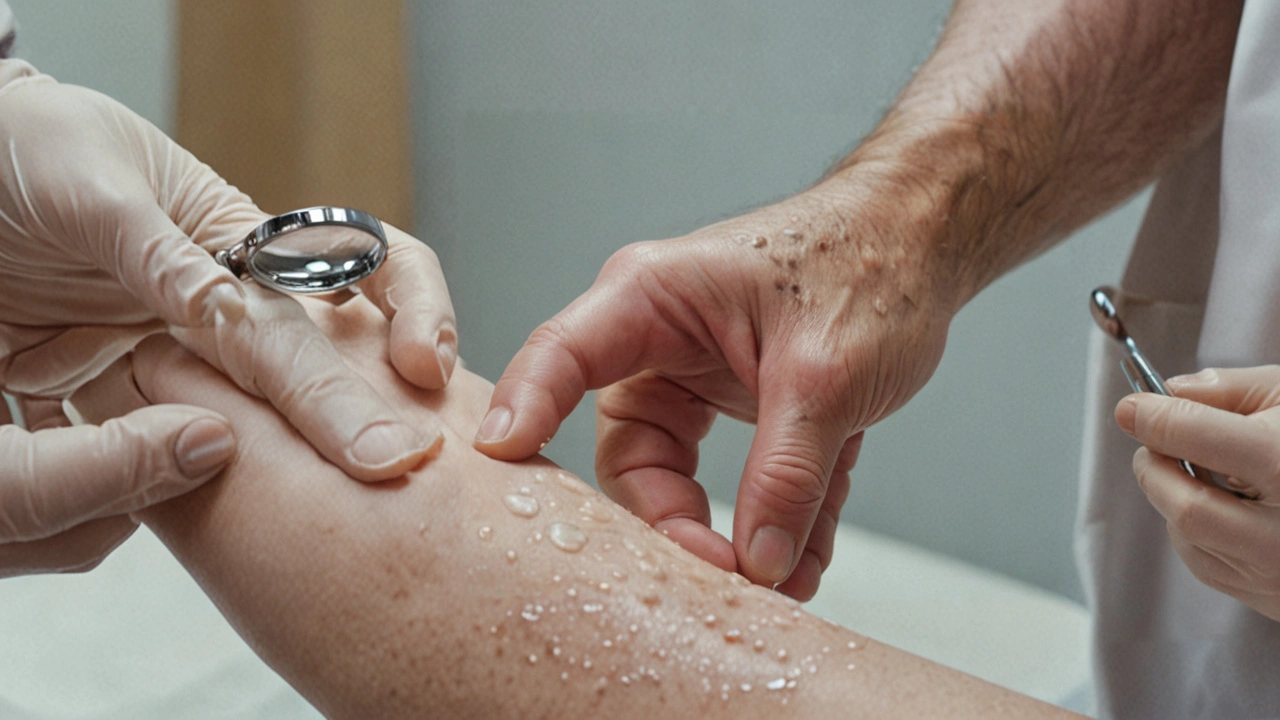
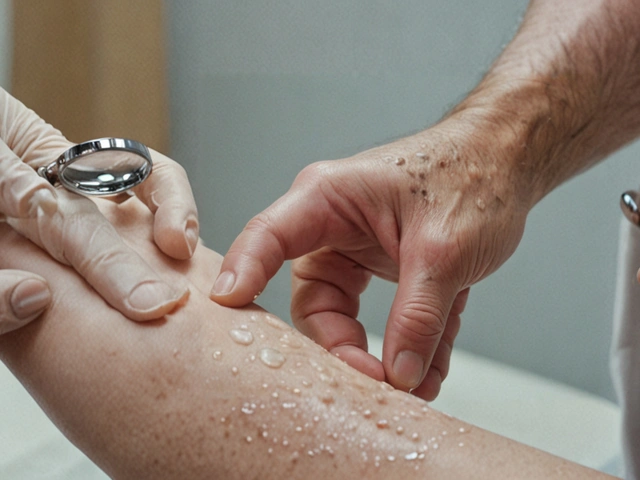
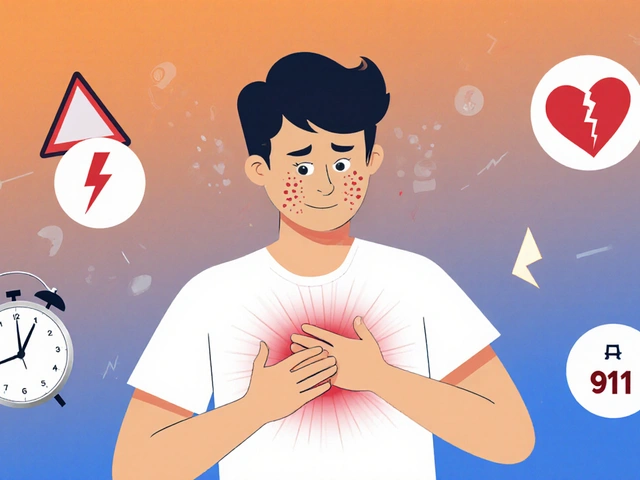
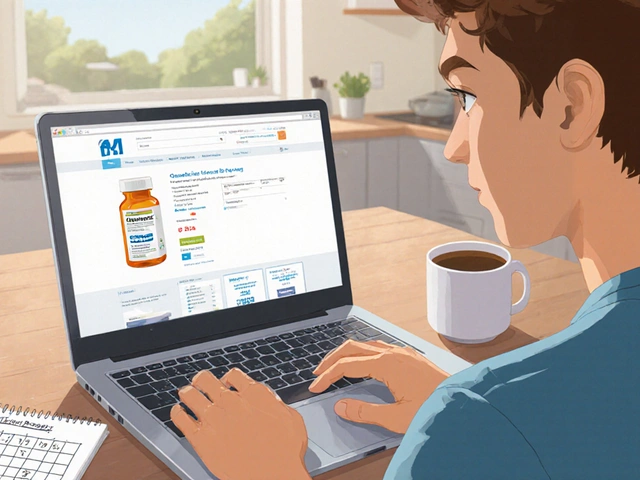

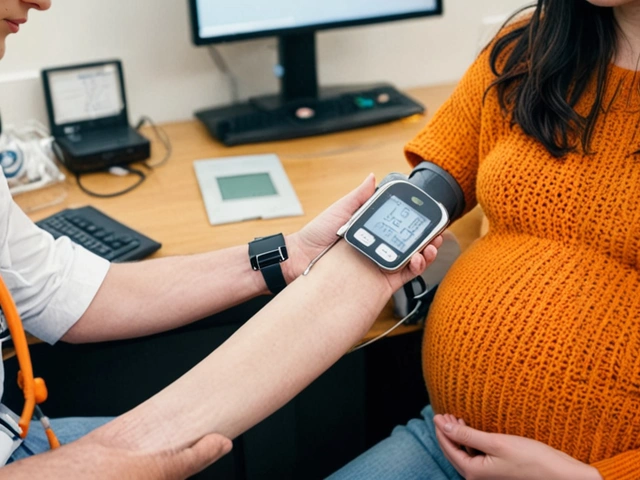

Darrell Wardsteele July 9, 2024
Look, the article gets a lot of the facts right but there are some glaring errors that need fixing. First off, saying "warts are harmless" ignores the fact that they can lead to secondary infections, especially in athletes. Also, the phrase "HPV embeds itself in the skin" should be "HPV embeds itself within the epidermis." As an American, I expect our health articles to be precise, not sloppily written. Definately, the piece could benefit from more references to CDC guidelines. Lastly, don't forget to mention that over‑the‑counter treatments are regulated by the FDA.
Madeline Leech July 17, 2024
We gotta stop acting like warts are just a cosmetic nuisance when they can spread like a disease through careless habits. In the US we pride ourselves on personal responsibility, so wash your hands and don't share towels-it's basic hygiene. If you ignore that, you're basically inviting a preventable infection into public spaces. This article should have shouted louder about the moral duty to keep our community clean.
Barry White Jr July 25, 2024
Great info keep it up
Andrea Rivarola August 3, 2024
I found the overview of wart types particularly enlightening, as many people fail to differentiate between common, plantar, and flat warts. The section explaining how the virus enters through micro‑abrasions resonated with my own experiences of picking at hangnails. While the article correctly emphasizes that the immune system can clear warts over time, it could have delved deeper into why some individuals never develop them despite repeated exposure. It is also worth noting that genetic factors play a subtle yet important role in susceptibility. The discussion on over‑the‑counter salicylic acid treatments was thorough, yet a reminder about the importance of consistent application would have been helpful. Moreover, the mention of cryotherapy aligns with current dermatological standards, but the potential side effects such as blisters were not fully addressed. I appreciate the inclusion of home remedies like duct‑tape therapy, although the evidence for their efficacy remains mixed. From a public health perspective, the article’s advice on hygiene in communal areas could have been expanded to include the use of disposable flip‑flops in locker rooms. The reference to the HPV vaccine as a future possibility for wart prevention is intriguing, yet it should clarify that current vaccines target high‑risk strains associated with cervical cancer rather than common wart strains. Additionally, the psychological impact of visible warts on self‑esteem is an aspect that deserves more attention, especially among teenagers. The article also correctly warns against sharing personal items, a precaution that is often overlooked in everyday life. While the tone remains neutral throughout, a slightly more encouraging voice could motivate readers to seek professional advice sooner. In summary, the piece offers a solid foundation of information, but there is room for deeper analysis in several key areas. Overall, I found it both informative and accessible, making it a valuable resource for anyone dealing with warts.
Tristan Francis August 11, 2024
They don't want you to know that the big pharma companies push the over‑the‑counter stuff so they can sell more medicine. The real cure is hidden and they keep it secret.
Keelan Walker August 19, 2024
Hey folks 🌟 Let’s remember that dealing with warts is a journey that teaches us patience and self‑care 😌 You can try salicylic acid at home but keep a routine and don’t get discouraged if it takes weeks 😅 It’s also okay to ask a dermatologist for help especially if the warts are painful or keep coming back 🩺 The immune system is a powerful ally so eating fruits and staying active can boost it 🌱 Remember to protect your skin in public places wear flip‑flops in the shower and use your own towels 🦶 And if you’re feeling uncertain just know you’re not alone many people have been where you are now 💪 Keep your head up and stay consistent with the treatment plan you choose 🌈
Heather Wilkinson August 27, 2024
You're doing great! 🌟 Keep up the good hygiene habits and stay positive – the skin will thank you 😊 If a wart sticks around, a quick visit to the clinic can make a big difference. Remember, every small step counts toward healthier skin! 👍
Henry Kim September 4, 2024
I understand how frustrating it can be to watch a wart linger despite trying different treatments. It’s normal to feel a bit discouraged, but your effort to maintain good skin care is commendable. If you ever need a calm space to share what’s working or not, I’m here to listen. Taking things one day at a time often leads to steady progress.
Neha Bharti September 12, 2024
Warts remind us that even minor irritations can teach resilience; embracing prevention is a quiet act of self‑respect.
Samantha Patrick September 20, 2024
Here’s a quick recap – always start with clean, dry skin before applying any OTC product, and follow the directions exactly. Salicylic acid works best when you soak the wart in warm water for 5‑10 minutes then gently file away dead skin with a pumice stone. If you notice excessive redness or pain, stop the treatment and see a dermatologist; that could signal an infection. Also, remember that while treatments remove the visible growth, the underlying HPV may stay dormant, so keep up with good hygiene to lower the chance of recurrence. Hope this helps!